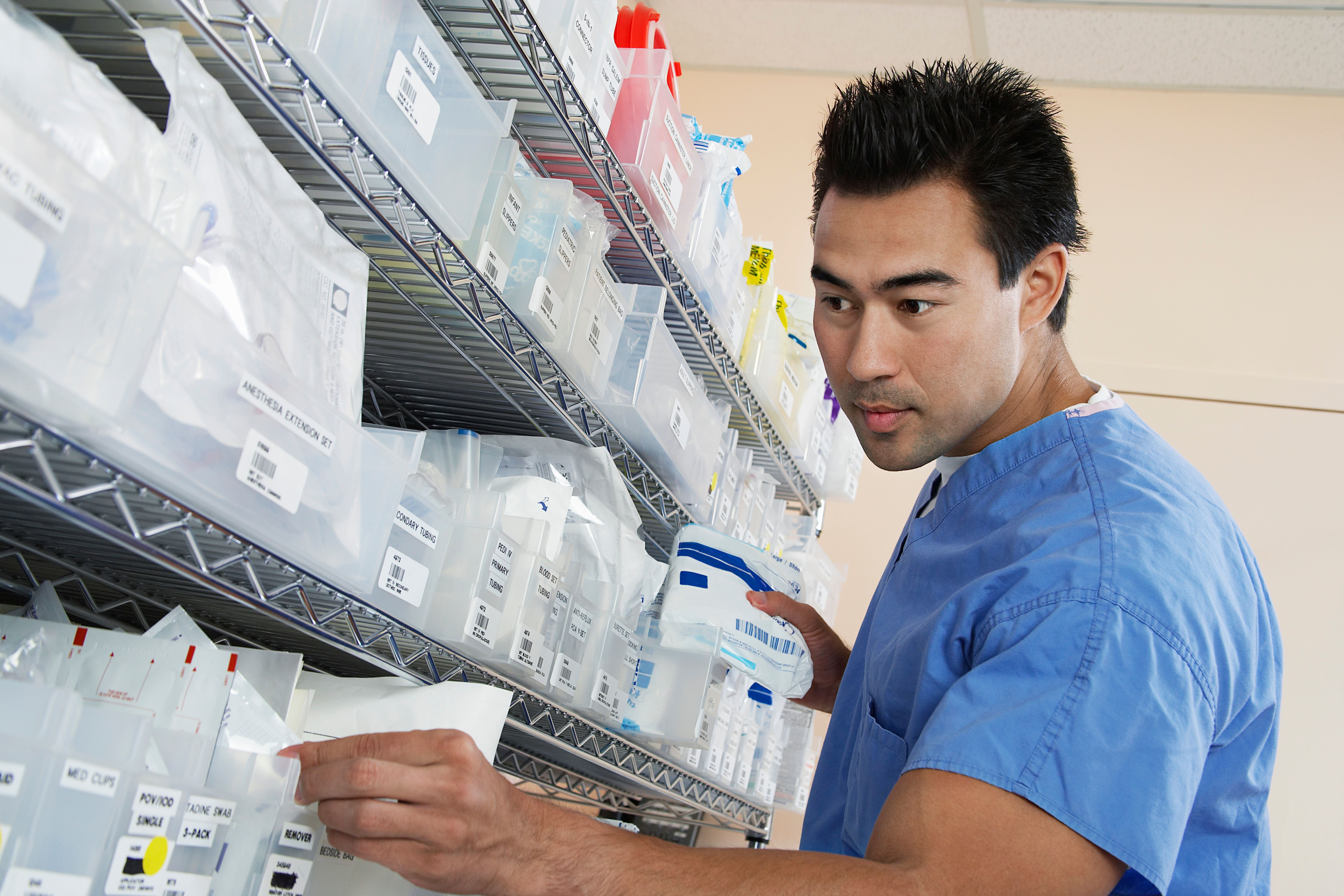About the Author
Dylan DeCandia, PharmD, RPh, is an independent retail pharmacist at Franklyn’s Pharmacy in Ho-Ho-Kus, New Jersey.
News
Article
Author(s):
The researchers made a connection between positive outcomes for infectious disease patients, higher reimbursement class, and the presence of pharmacists in care teams.
In 2021, the CDC reported that around 3.8 million individuals visited hospital emergency departments with a primary diagnosis relating to infectious and parasitic diseases.1 With infectious disease and multidrug resistant cases on the rise, health care professionals are looking for more solutions.
The Journal of Pharmaceutical Health Care and Sciences has published a research article that evaluates outcomes in hospital pharmacies receiving different reimbursements. Investigators found that including more pharmacists in infectious disease care leads to more positive outcomes.2
Image credit: moodboard | stock.adobe.com

Between 2018 and 2021, some Japanese hospital pharmacies received additional reimbursement for infection prevention (ARIP). Of the 455 hospitals that researchers studied, 210 hospitals received ARIP 1 and 245 hospitals received ARIP 2. All hospitals had 100 to 299 beds in this study, but ARIP 1 hospitals were subjected to extra requirements compared with ARIP 2 hospitals, such as increased number of pharmacists and diagnosis procedure combination systems.2
The researchers designed the study based on a 2020 annual Hospital Pharmacy Survey that had an overall response rate of 43.6%. Since few to no similar studies researching outcomes based on ARIP application have been done previous to this study, this limitation was overlooked. The researchers still indicated it may not reflect the true population, but may lead to interesting conclusions.2
The researchers made a connection between positive outcomes for infectious disease patients, higher reimbursement class, and the presence of pharmacists in care teams. Due to the larger number of pharmacy staff, ARIP 1 hospitals had a lower average number of beds per pharmacist and a reduced length of stay for infectious disease patients. With more time for patients, pharmacists conducted more proactive initiatives and accomplished better patient outcomes.2
Researchers debate whether the correlation is because these teams can perform more pharmacist-led initiatives or due to the ratio of pharmacists to hospital beds. This is an important distinction because pharmacist-led initiatives are criteria for reaching ARIP 1. Despite this debate, they discovered that both ARIP 1 and ARIP 2 facilities had decreased hospital stays with improved pharmacist-to-patient bed ratio.2
Dylan DeCandia, PharmD, RPh, is an independent retail pharmacist at Franklyn’s Pharmacy in Ho-Ho-Kus, New Jersey.
With this analysis in mind, the researchers concluded that the data shown could help involve more hospital pharmacists in care teams. More research should focus on outcomes associated with ARIP and hospital pharmacist practice for further conclusions.2
References
Stay informed on drug updates, treatment guidelines, and pharmacy practice trends—subscribe to Pharmacy Times for weekly clinical insights.